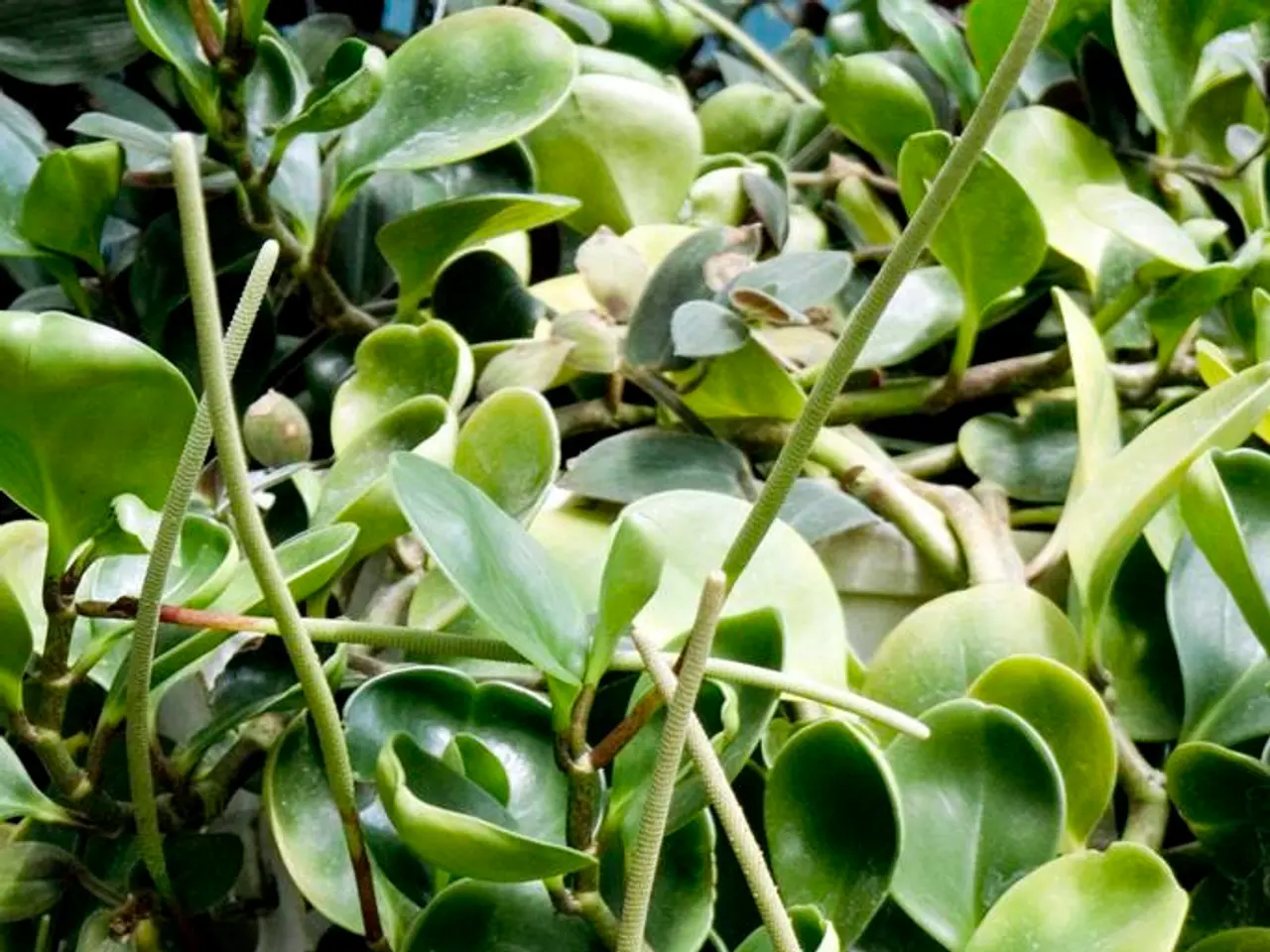Revolutionary MIT Development Extracts Potable Water from Ambient Air, Not Requiring Electrical Power
In a groundbreaking development, researchers at the Massachusetts Institute of Technology (MIT) have unveiled an innovative water harvester that transforms air into drinkable water under extreme environmental conditions. This technology, published in the journal *Nature Water* on June 11, 2025, represents an exciting step forward in addressing the challenges of climate change and water scarcity.
The system, which taps into atmospheric water vapor, an abundant but underutilized resource, even in very dry places like Death Valley, has been successfully tested in one of the hottest and driest places on Earth. The device's compact nature makes it suitable for installation in various environments, such as homes, schools, and remote areas with minimal access to traditional water sources.
The water harvester is designed like a window with a hydrogel material enclosed between two layers of glass. The device absorbs water vapor from the atmosphere at night and condenses it into drinkable water during the day, all without requiring electricity. This passive process works effectively even in extremely dry, hot environments such as Death Valley.
The device's design consists of a series of domes that resemble bubble wrap, increasing the surface area of the hydrogel for better water absorption. Unlike previous atmospheric water harvesting systems, MIT’s design incorporates enhancements such as glycerol and lithium salts within the hydrogel to boost water absorption while preventing salt leakage. This effectively neutralizes salts and other contaminants, ensuring that the collected water is safe to drink without the need for additional filtration.
The potential for large-scale deployment of the water harvester could revolutionize how communities access clean water, especially in regions lacking infrastructure. According to the researchers' estimates, eight 3×6-foot panels of the water harvester could provide enough drinking water for a typical household. The scalability of the water harvester design allows for the deployment of large arrays of panels, covering minimal ground area.
The water produced by the harvester is safe to drink without further purification processes, thanks to the addition of a stabilizer (glycerol) that prevents lithium salts from leaching into the water. The use of glycerol in the water harvester stabilizes lithium salts, reducing leakage to below 0.06 ppm, a level deemed safe by the US Geological Survey for lithium in groundwater.
The water harvester's small size allows for easy transportation and installation in various settings. In areas where water scarcity is a critical issue, multiple panels of the water harvester could provide a significant source of clean drinking water for communities. The device's ability to produce a significant amount of drinkable water in more humid environments is further enhanced by its scalability and potential for large-scale deployment.
This promising solution offers hope for the 2.2 billion people worldwide who currently lack safe drinking water, as well as millions in the U.S. facing water insecurity. By harnessing the power of the atmosphere, MIT's hydrogel-based water harvester could pave the way for a future where clean, safe drinking water is accessible to all.
In the realm of environmental science and technology, the innovative water harvester developed by researchers at MIT showcases potential in combating climate change and water scarcity issues. This device, designed like a window with a hydrogel material, transforms atmospheric water vapor into drinkable water, particularly in dry environments like Death Valley, without the need for electricity.



